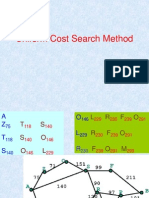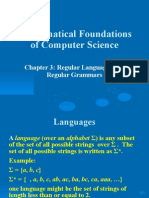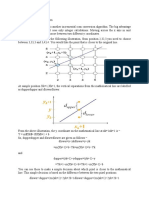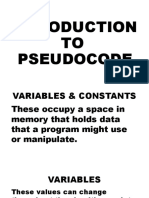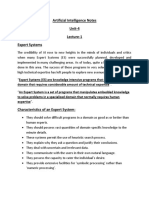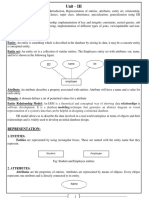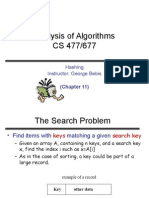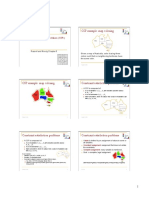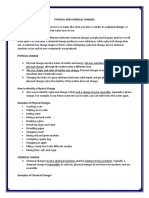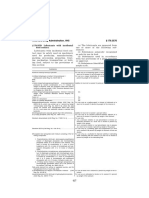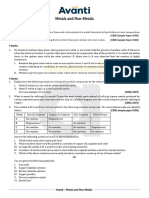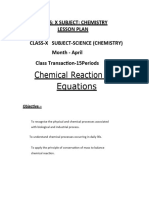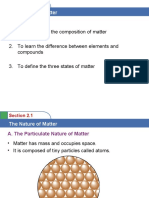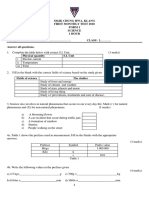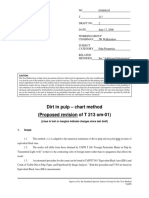0% found this document useful (0 votes)
479 views7 pagesForward and Backward Chaining
Forward chaining is a method of reasoning that applies inference rules to existing data to derive new conclusions until reaching a goal. It starts with known facts and works forward to draw conclusions, following a bottom-up approach. In forward chaining, rules are used to deduce new facts from existing facts and rules in a data-driven manner until a goal is reached.
Uploaded by
Goku KumarCopyright
© © All Rights Reserved
We take content rights seriously. If you suspect this is your content, claim it here.
Available Formats
Download as DOCX, PDF, TXT or read online on Scribd
0% found this document useful (0 votes)
479 views7 pagesForward and Backward Chaining
Forward chaining is a method of reasoning that applies inference rules to existing data to derive new conclusions until reaching a goal. It starts with known facts and works forward to draw conclusions, following a bottom-up approach. In forward chaining, rules are used to deduce new facts from existing facts and rules in a data-driven manner until a goal is reached.
Uploaded by
Goku KumarCopyright
© © All Rights Reserved
We take content rights seriously. If you suspect this is your content, claim it here.
Available Formats
Download as DOCX, PDF, TXT or read online on Scribd
/ 7

